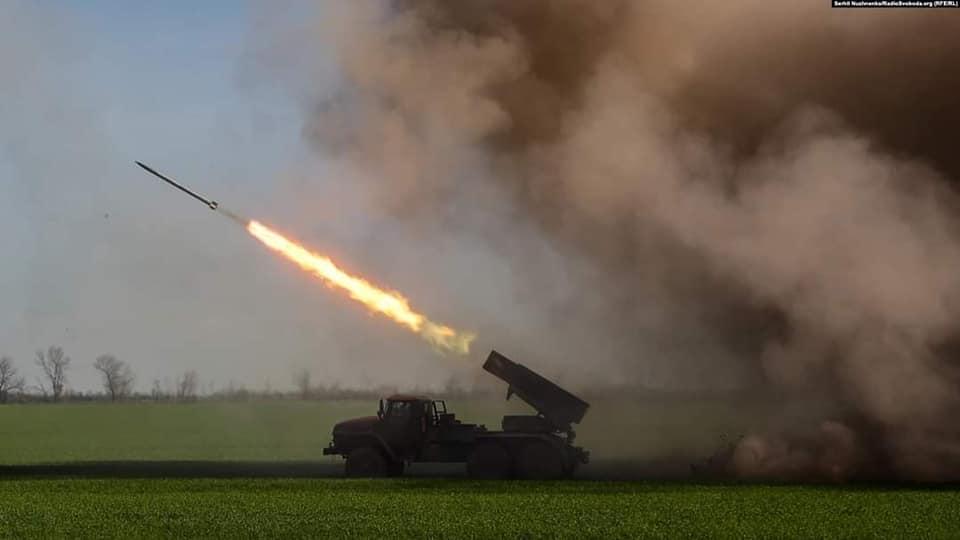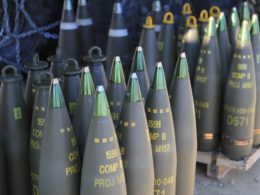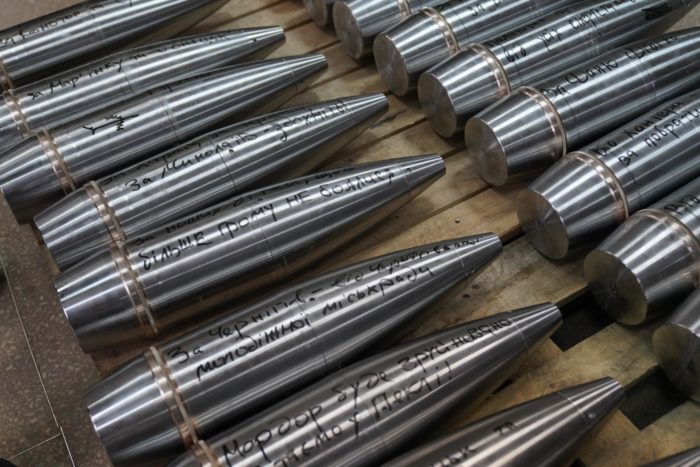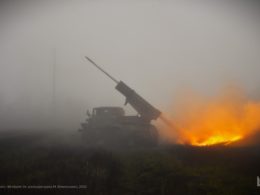From the beginning of Russia's full-scale war in Ukraine, Western experts and media praised the Javelin anti-tank missiles and other man-portable weapons after Ukraine received an impressive number of those and put them to good use against the Russian convoys. Now Ukrainians have another urgent need: artillery and ordnance. Here is why Ukraine's victory depends on howitzers and rocket artillery.
Artillery is Ukraine's invisible but crucial weapon of war
In historical films about World War II, artillery was usually depicted as guns sitting simply on the frontline, while their crews fire directly on advancing enemy tanks.
Today's reality is different. A howitzer, which is a powerful gun firing shells at targets dozens of kilometers away by a high arc (so-called "plunging fire"), is the backbone of artillery in modern armies.
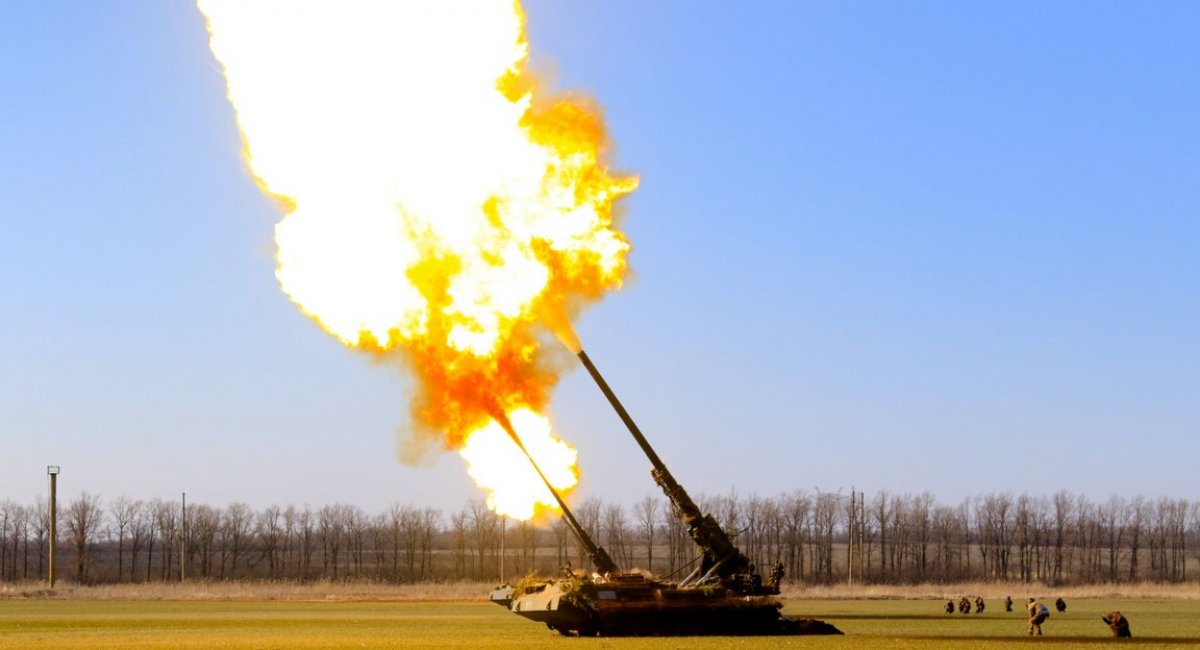
Ordinary infantrymen and media audiences rarely see modern guns, as those are usually hidden deep behind the front lines. Nevertheless, artillery is the main firepower of the Ukrainian military in the war against Russia.
Javelins are good, but it is artillery strikes that coined Ukraine’s military success
An example of Ukraine's artillery tactics is the battle for the Siverskyi Donets crossing near Bilohorivka, Luhansk Oblast, on 8-10 May.
When the Russians tried to build a pontoon bridge and cross the river, Ukrainian soldiers of the 17th Tank Brigade avoided frontal assault. Instead, they passed enemy coordinates to artillery units, which punded the target from their howitzers.
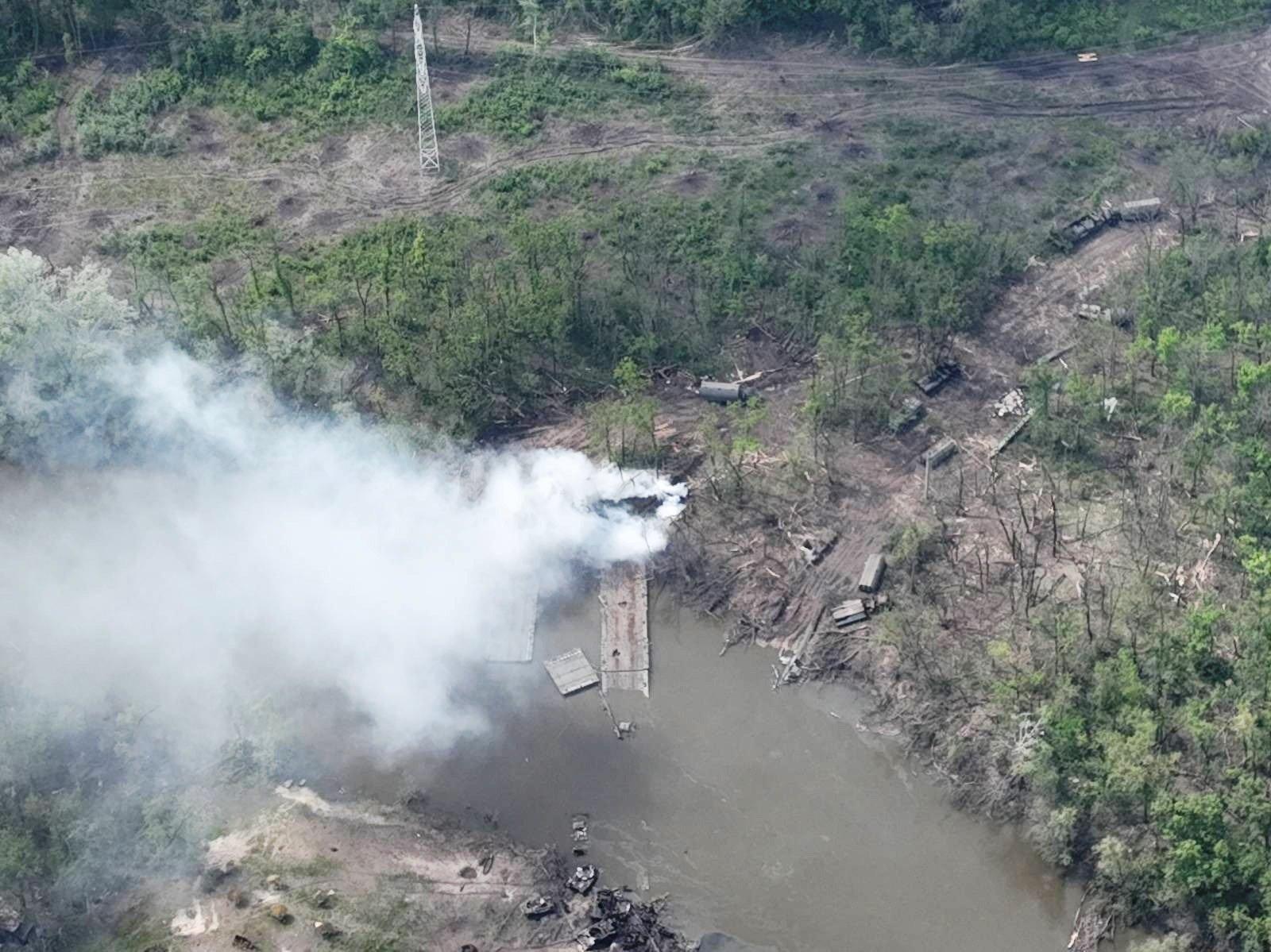
According to The Times, the Russians could have lost more than 70 tanks and armored fighting vehicles, plus possibly up to 1,000 soldiers to artillery barrages (albeit assisted by airstrikes). These casualties alone are higher than the total ground losses of the US and its allies in the Gulf War. Russians were forced to abandon their operations in the area and flee.
Russian troops suffer epic fail while attempting to cross river at Bilohorivka
Obviously, artillery doesn't act independently, it's the Ukrainian infantry and tanks who hold the frontline, repel enemy attacks, and liberate settlements.
However, according to military expert Mykola Bielieskov, 60-70% of losses have been inflicted by artillery. In addition to howitzers, Ukrainians also use the so-called multiple rocket launchers such as BM-21 Grad, which can fire 40 rockets in one volley.
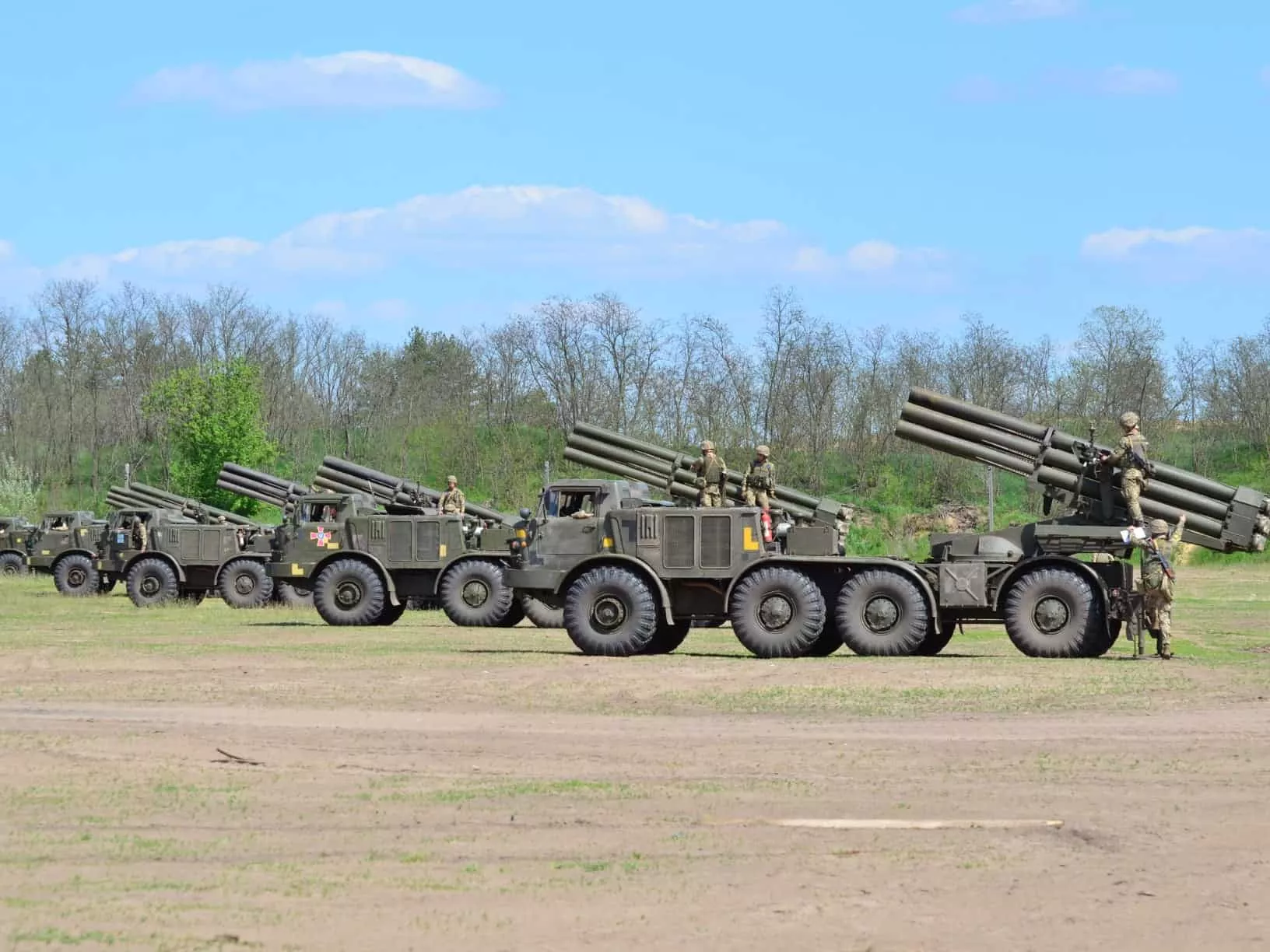
The Ukrainian warfare is evidenced by numerous videos from the battlefields, where Russian armor far behind the frontlines gets destroyed by long-range artillery barrages. Usually, drones help find the enemy and adjust the artillery fire.
The reality on the ground stands in contrast with international media coverage, which is focused primarily on Western-made anti-tank weapons such as NLAW and Javelin. These indeed turned out to be vital in repelling direct attacks and during the raids, as their munitions can destroy the most modern Russian tanks. However, it's the artillery that helps Ukrainians destroy entire enemy units from relatively safe distances.
Artillery gets even more important in the battle for the East, where Russia has an advantage
From early May, Russian troops have been advancing from several directions, trying to surround Ukrainian units in eastern Ukraine.
After their defeat in the Battle of Kyiv, Russian invaders changed their strategy, abandoning the blitzkrieg plans in favor of a grinding offensive engaging large forces, which eventually turned into a battle of attrition. No wonder Ukrainians are even more counting on their guns and launchers to repel their massive attacks.
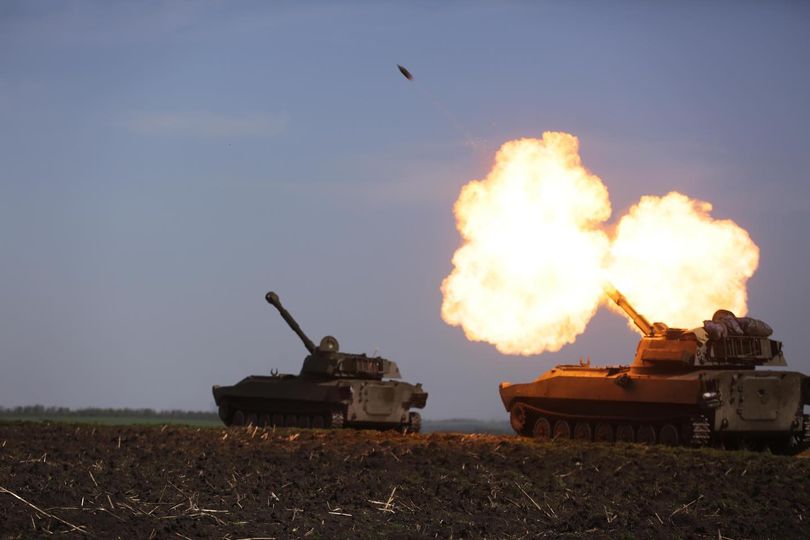
The problem for Ukrainians is that artillery war isn't a one-sided game. Russia also uses massive volleys to break through Ukraine's defenses and suppress artillery batteries.
Moreover, they have more than twice as many artillery pieces, 4,800+ against 1,800+. Also, Russia inherited most of the Soviet-made ammunition, so the Ukrainians have been under constant shelling from howitzers and multiple rocket launchers.
"It's the work of several [Russian] guns, sometimes batteries or MLRS. It can take hours. Deadly iron just falls from the sky. After that an attack with tank or IFV support begins immediately. It's very difficult to explain in words. Goes beyond the realities we understand," Ukrainian civil volunteer Roman Donik describes the situation.
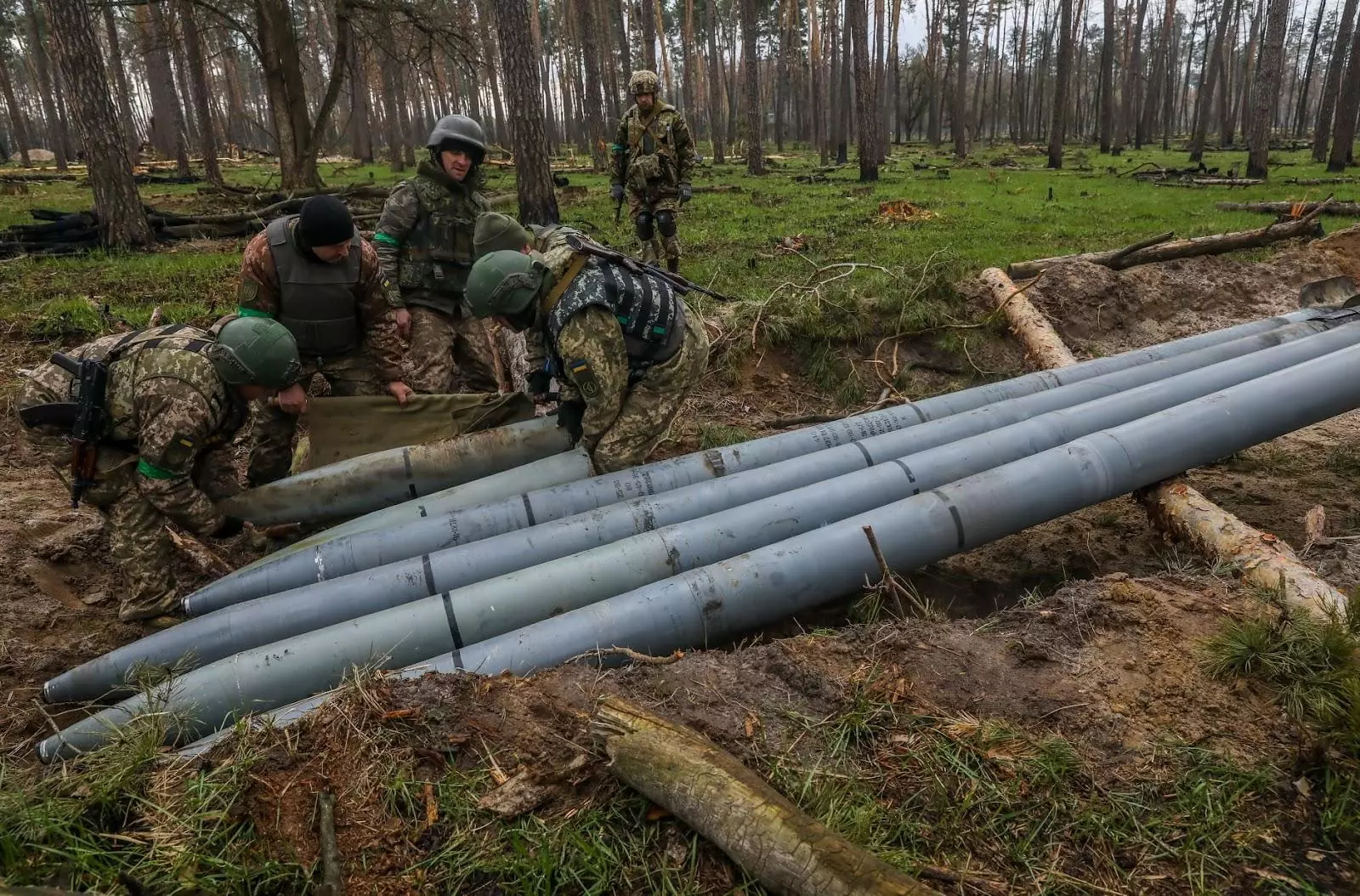
According to Donik's data, only on 6 May, Ukrainian troops in Kharkiv Oblast suffered 36 shelling attacks, and Russians launched 33 more shellings on 5 May. According to The New York Times, as of 10 May, about 80% of the wounded presented in Kramatorsk military hospital got injured by artillery or mortar shells in what soldiers describe as "near-constant barrages." Russians use artillery to pin down Ukrainian defenders in the region.
"90% of our losses are caused by artillery fire. In general, the majority of soldiers have not seen the enemy with their own eyes for months despite intense fighting,” commented Ihor Lutsenko, military serviceman and former MP.
Outgunned by Russians, the Ukrainian army also risks facing a shortage of shells, as ammunition supplies get quickly depleted during the battles. The country doesn't produce them, relying on Soviet-times stockpiles. Since NATO countries use 155mm artillery shell caliber instead of Soviet standard 152mm, obtaining ammunition from the USA or other allies is a difficult task.
Nevertheless, Ukraine's allies are already delivering modern guns
Artillery supplies from Western allies kicked off in April. The United States, Canada, and Australia deliver a total of 100+ modern M777 howitzers to Ukraine. These guns are capable of firing 5 shells per minute at a distance of 24-30 kilometers.
More guns mean equalizing the chances and suppressing enemy artillery. Also, experts believe that the M777s are also better in terms of quality than the Soviet pieces. In addition, these supplies solve the ammunition issue. Nevertheless, Ukraine needs more weapons.
"First of all, the western artillery is new. It's better than the old Soviet one [Ukraine generally uses USSR-made guns, which are at least 30 years old - Author]... It has a longer range, it hits more accurately, it has more shells, and those are better. You can get them from different countries as aid or buy,” commented Taras Chmut, Chair of the Board of the Ukrainian Military Center.
The first units of the Western artillery are already on the battlefield, starting to have an effect on the course of the war. And they have already shown another advantage -- greater accuracy as compared to Soviet weapons. Journalist Yurii Butusov described M777s as "very accurate, able to hit Russian batteries with the first salvos.”
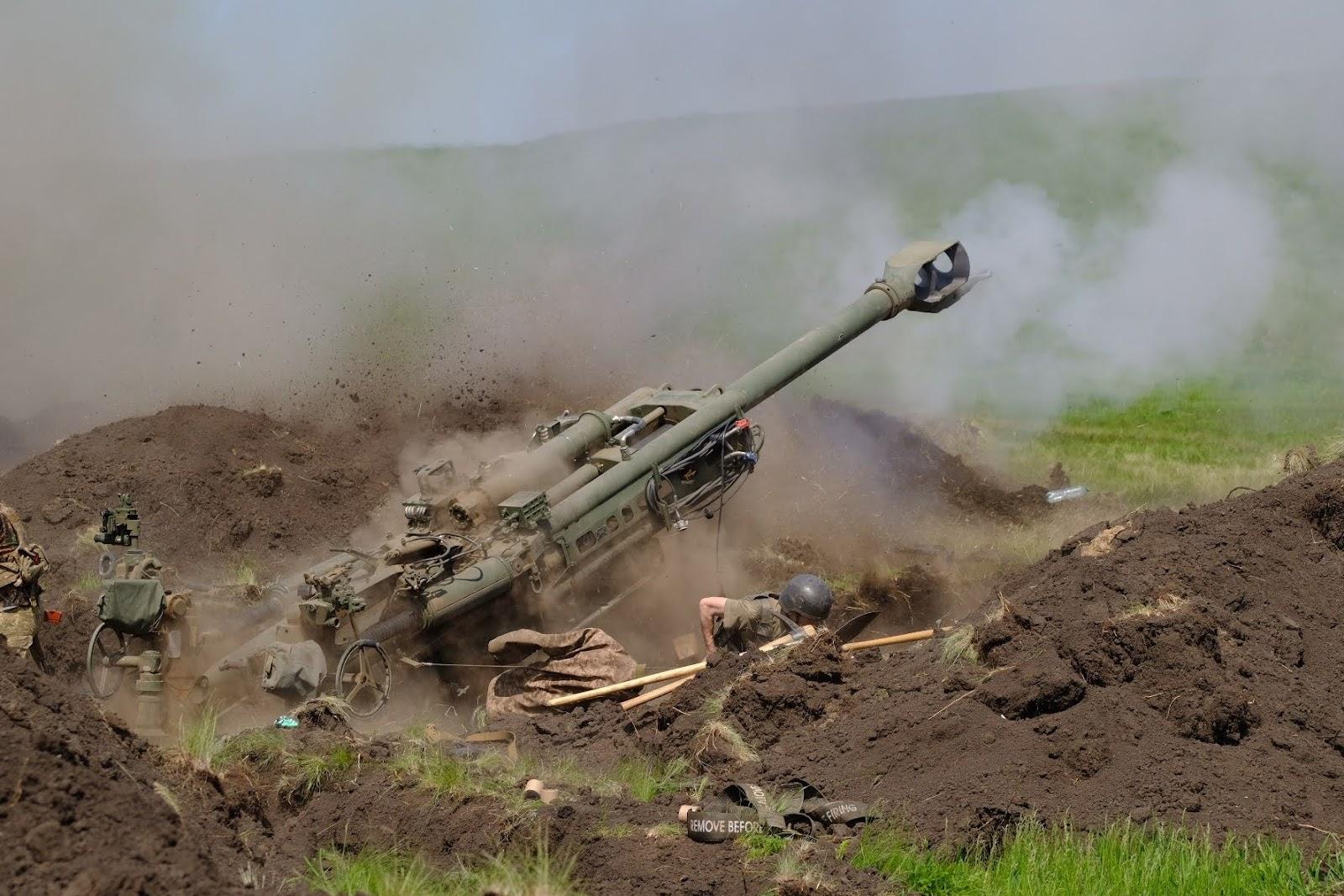
Denys Bihus, an investigative journalist serving in the military, also hints at the superiority of Western weapons.
"I had an opportunity to see how our guys are working on NATO's 155mm's. Awesome. The usual 'laying it in the 30-meter circle counts as a hit' has changed to 'we aimed but hit one meter left, oh dear, oh no, let's do it more precisely!"
Using the M777 guns, the Ukrainians have already destroyed an ammunition depot and 8 armored vehicles near the key city of Izium.
In a similar way, the Ukrainian forces destroyed a Russian 2C3 Akatsiya self-propelled howitzer. The American gun has a longer firing range, so the Russians had no chance to return fire. There are clearly more hits, unspoken due to operational secrecy.
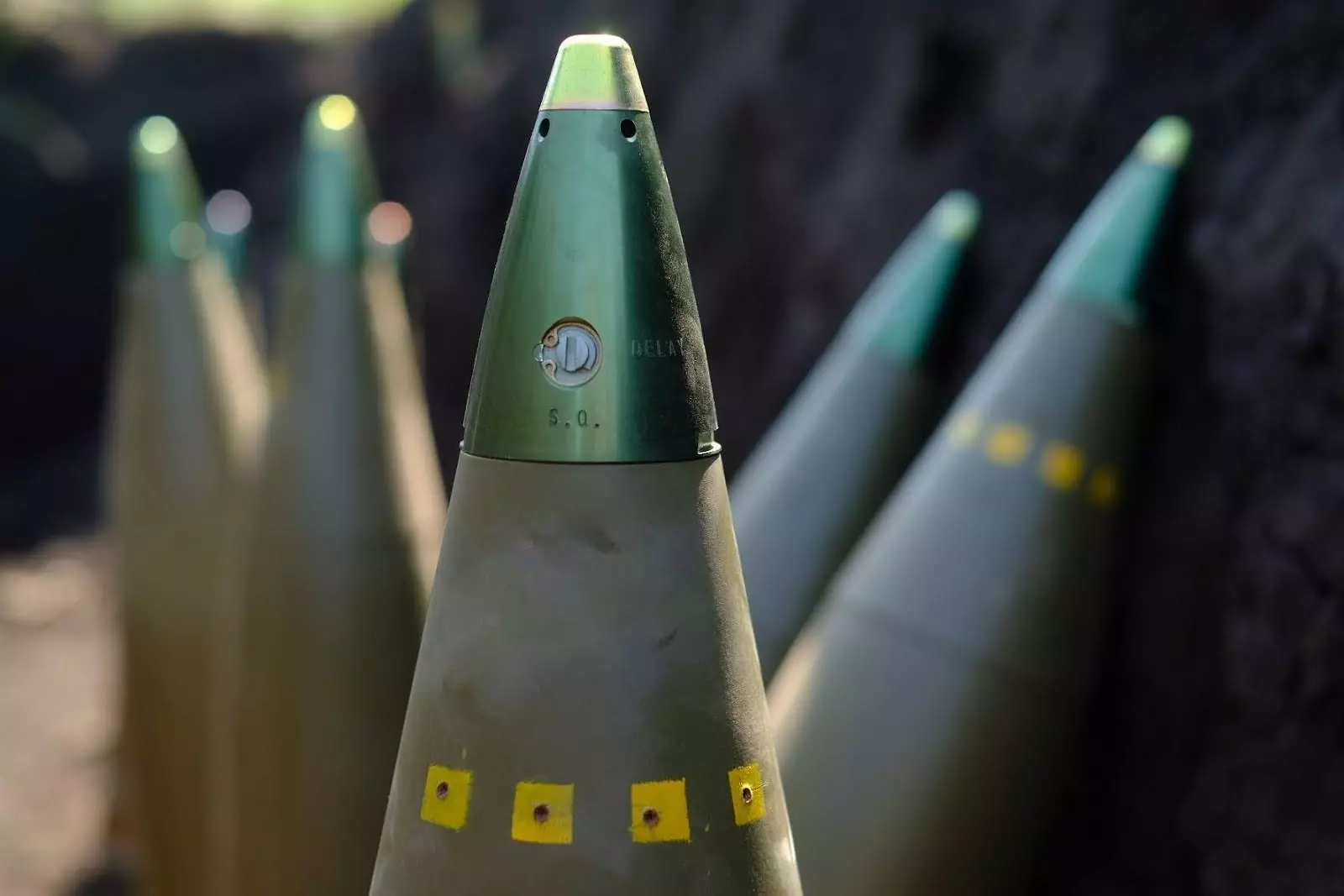
This highlights another role for M777s. Having higher range and accuracy than most Russian towed and self-propelled howitzers, it will help Ukrainians in artillery duels, allowing them to attack Russians from beyond their firing range.
For very important targets, the M777 crews can use improved guided shells, capable of hitting the target even at a distance of 40 kilometers.
In addition to American howitzers, Ukrainians are also hoping for self-propelled guns from other NATO countries, including Germany, the Czech Republic, Slovakia, and France. Details of the talks aren't reported by the country's Defense Ministry.
These combat vehicles share advantages with the towed guns but can be transferred much more quickly across the battlefield. This means that the self-propelled units can change positions to avoid enemy fire or follow the advancing forces.
For example, German self-propelled howitzers PzH 2000 have a firing range of more than 30 kilometers, and the French guns CAESAR are capable of firing at a distance of 40 kilometers.
As the Ukrainian Ministry of Defense reported on May 25, an undisclosed number of French howitzers are already used in military operations.
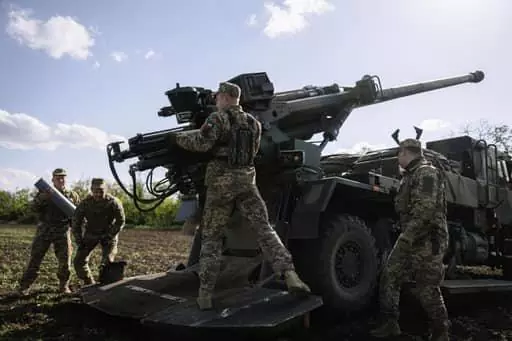
Now Ukraine seeks rocket artillery to launch a counteroffensive
"The issue of providing Ukraine with multiple rocket launch systems such as M142 HIMARS and M270 MLRS is crucial,” wrote Valerii Zaluzhnyi, commander-in-chief of the Armed Forces of Ukraine after a conversation with Mark Milley, US Chairman of the Joint Chief of Staffs.
Dmytro Kuleba, the country's Minister of Foreign Affairs echoed the request, calling these systems vital for defending the Donbas.
The "reactive artillery" (the Soviet-times term for rocket artillery, - Ed.) is believed to be the final element in arming Ukraine needed for the general counteroffensive aimed to win the war. This delivery isn't unrealistic, as the US Army has over 1,000 MLRS and 410
HIMARS vehicles. Their donation won't dramatically weaken American military strength. Ukrainians are counting on these weapons because of their firepower.
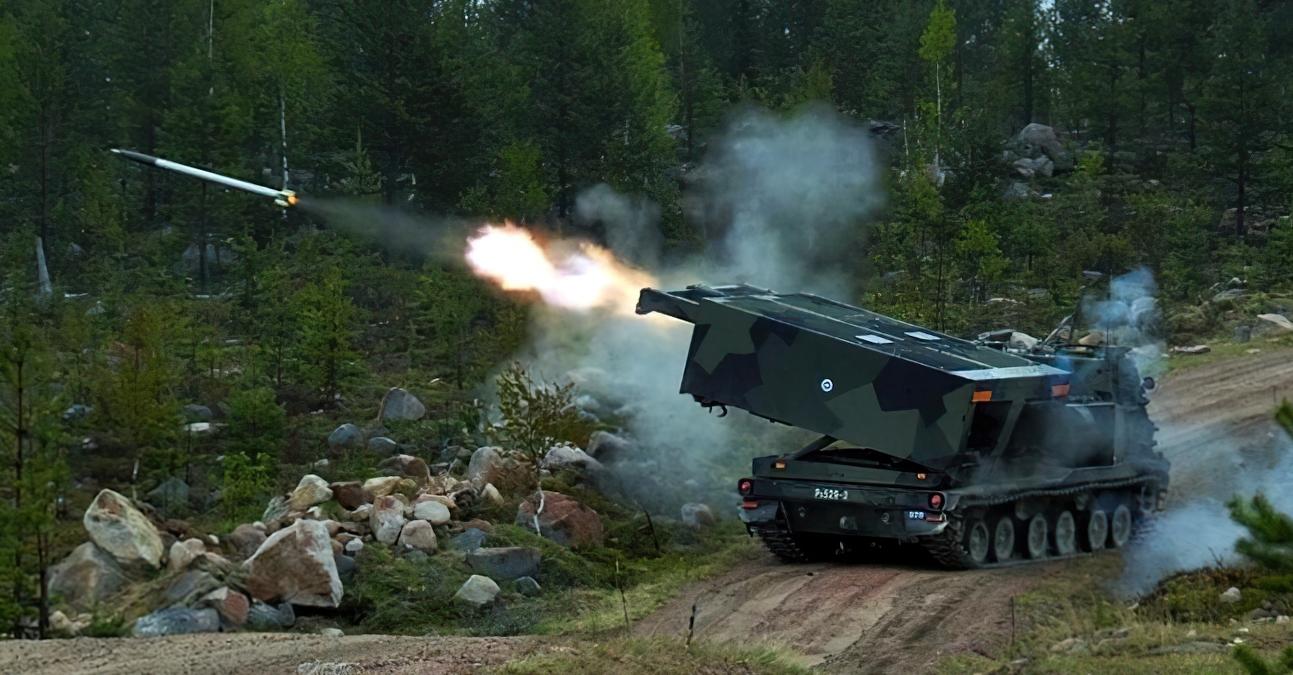
In this war, they will be needed to destroy Russian-built defenses in the occupied territories. And again, they would be a solution for the ammunition depletion issue, inevitable for Ukrainian MLRS systems such as Grad or Uragan.
Rocket artillery is even more important since the long war of attrition without a swift Ukrainian victory would be a bad scenario. Not only because of greater casualties among the military. Russian atrocities in Bucha and Irpin are already well-known, but now more reports emerge on abductions, executions, and rapes in the occupied southern regions. The occupiers have also forcibly deported more than a million Ukrainians.
https://twitter.com/EuromaidanPress/status/1530893661365579779
A rapid end to the war would be beneficial worldwide, as the Russian blockade of Ukrainian ports halted Ukrainian grain exports threatening multiple countries with a food crisis.
US preparing to send Ukraine long-range advanced missile systems, known as MLRS and HIMARS, which are now the main request of Ukrainian officials
Approval may be announced next week.https://t.co/lCFmINTHVy pic.twitter.com/8F0bM2CYp9
— Euromaidan Press (@EuromaidanPress) May 27, 2022
However, the provision of HIMARS and MLRS suddenly became a political issue. There's an opinion among the Western experts that Ukrainians will use these systems to hit military bases in Russia, further escalating the war.
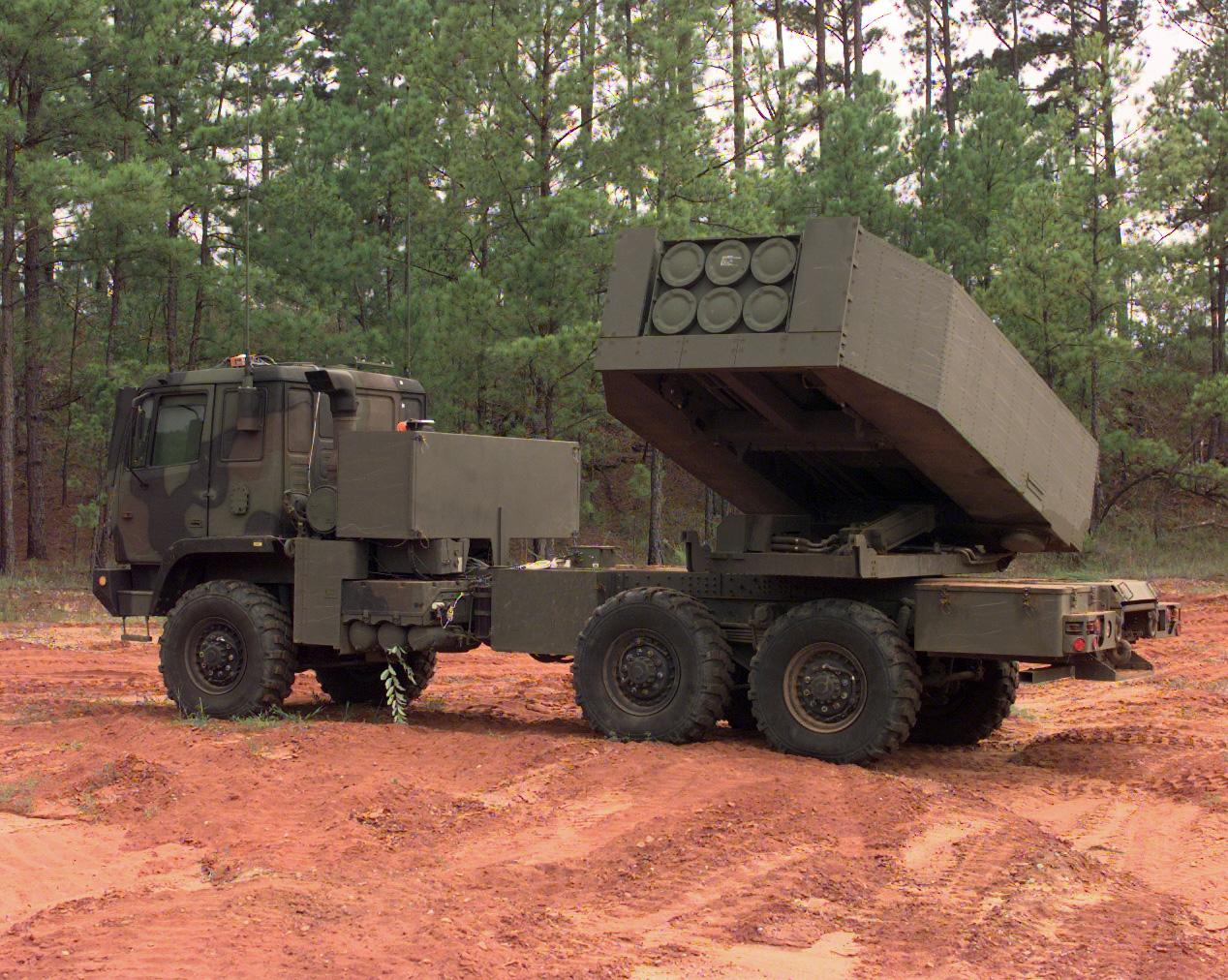
On the other hand, there's space for negotiations, as Ukraine has previously stopped short of military actions on Russian or Belarusian soil (and the Ukrainian Ministry of Defense never took responsibility for the explosions in Russia's Belgorod Oblast).
And recently, President Volodymyr Zelenskyy announced his vision of military victory as a return to the pre-invasion situation with the territories of Ukraine occupied earlier to be reunified using diplomacy. Ideas of revenge at all costs are definitely not popular amid the Ukrainian leadership.
That's why Ukrainians keep hoping for new weapons from the allies.

Yuriy Prymachuk is a freelance journalist and editor from Ukraine. He received a master's degree in Institute of Journalism, Kyiv, interned in Radio Free Europe/Radio Liberty, worked as journalist and editor in political and economic fields.
Read more:
- Russian troops suffer epic fail while attempting to cross river at Bilohorivka
- Missiles and escorts: Unblocking Ukraine’s ports on the Black Sea
- West must avert long-term war in Ukraine – US Gen. Wesley Clark
- Russia losing Ukraine war, equipment losses show
- 12 reasons why the West should arm Ukraine, now!
- Breakthrough at Ramstein: NATO unites to help Ukraine defeat Russia

